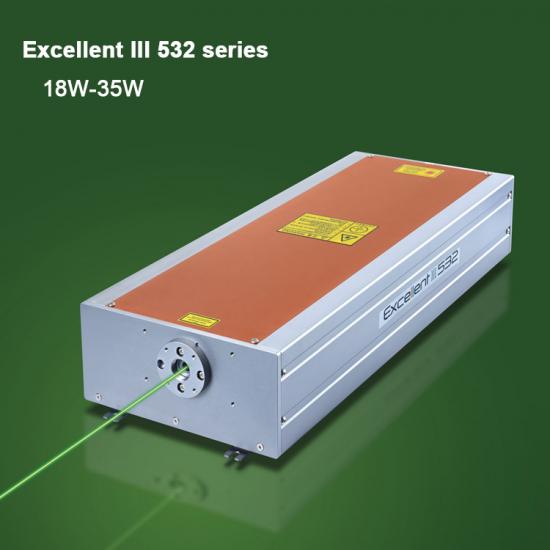Neuester Blog
Vorsichtsmaßnahmen für gängige kompakte Nanosekundenlaser mit hoher Wiederholrate zum Schneiden von Materialien
Sep 15 , 2021
Laser cutting processing technology is widely used in the processing of metal and non-metal materials, which can greatly reduce processing time, reduce energy consumption, and improve technology. Specific attention should be paid to the following aspects:
1. Structural steel:
Better results will be obtained when this material is cut with oxygen. When oxygen is used as the processing gas, the cutting edge will be slightly oxidized. For plates with a thickness of 4mm, nitrogen can be used as a processing gas for high-pressure cutting. In this case, the cutting edge will not be oxidized. For plates with a thickness of more than 10mm, using a special pole plate for the laser and oiling the surface of the workpiece during processing can achieve better results.
2. Titanium:
The titanium sheet is cut with argon and nitrogen as the processing gas. Other parameters can refer to nickel-chromium steel.
3.Stainless steel:
Laser cutting of stainless steel requires the use of oxygen, if the edge oxidation does not matter; using nitrogen to obtain an oxidation-free and burr-free edge, no further treatment is required. Coating the oil film on the surface of the plate will get a better perforation effect without reducing the processing quality.
4. Aluminum:
Despite its high reflectivity and thermal conductivity, aluminum with a thickness of 6mm or less can be cut, depending on the alloy type and laser capabilities. When cutting with oxygen, the cutting surface is rough and hard; when using nitrogen, the cutting surface is smooth. Pure aluminum is very difficult to cut because of its high purity. It can only be cut when a "reflection absorption" device is installed on the fiber laser cutting machine system, otherwise the reflection will destroy the optical components.
5. Copper and brass:
Beide Materialien haben ein hohes Reflexionsvermögen und eine sehr gute Wärmeleitfähigkeit. Messing mit einer Dicke von weniger als 1 mm kann mit Stickstofflaser geschnitten werden; Kupfer mit einer Dicke von weniger als 2 mm kann geschnitten werden, und beim Laserschneiden muss Sauerstoff als Prozessgas verwendet werden. Kupfer und Messing können nur geschnitten werden, wenn ein Gerät zur "Reflexionsabsorption" an der Anlage installiert ist, da sonst die Reflexion die optischen Komponenten zerstört.
6. Synthetische Materialien:
Verarbeitbare Kunststoffe sind: Thermoplaste, Duroplaste und Synthesekautschuk.

UV-Laser | grüner Laser | UV-Laser | UV-DPSS-Laser | Nanosekundenlaser | UV-Laserquelle | Festkörperlaser
7. Titanblech:
Verwenden Sie zum Schneiden Argon und Stickstoff als Prozessgas für das Laserschneiden.
8. Organisches Material:
Bei allen organischen Laserschneidverfahren besteht Brandgefahr.